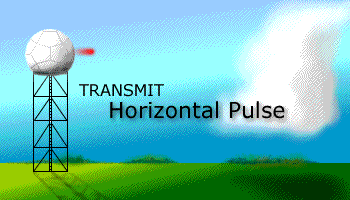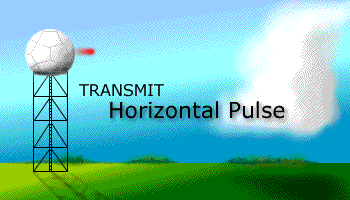Dual Polarization Radar
Dual-polarization, or dual-pol, is part of the NWS vision to build a weather-ready nation to better protect lives and livelihoods. This new technology provides 14 new radar products that will support our mission to serve our partners and customers in Central Alabama.
| What is Dual-Pol? |
Dual-polarimetric radar transmits and receives pulses in both a horizontal and vertical orientation. As a result, the returning frequencies provide measurements of the horizontal and vertical dimensions of targets, supplying forecasters with better estimates of the size, shape, and variety of targets.
| Old NWS WSR-88D radar |
Dual-polarimetric radar |
Benefits of Dual-Pol
- Improved accuracy of precipitation estimates, leading to better flash flood detection
- Ability to discern between heavy rain, hail, snow, and sleet
- Improved detection of non-meteorological echoes (e.g. ground clutter, chaff, anomalous propagation, birds, and tornado debris)
- Detection of aircraft icing conditions
- Identification of the melting layer (e.g. bright band)
| Dual-Pol Products & Applications |
The base radar products that have been available to users are base reflectivity, base velocity, and spectrum width. After the Dual-Pol upgrade, three new base products will be available: differential reflectivity (ZDR), correlation coefficient (CC), and specific differential phase (KDP). In addition to these three base products, there are several derived products. These include a melting layer (ML) product, a hydrometeor classification algorithm (HCA) product, and eight new precipitation products. Mouse-over the labels below to view examples of four of these new products. Images courtesy of the Warning Decision Training Branch.
| Differential Reflectivity | Correlation Coefficient | Specific Differential Phase | Hydrometeor Classification Algorithm |




